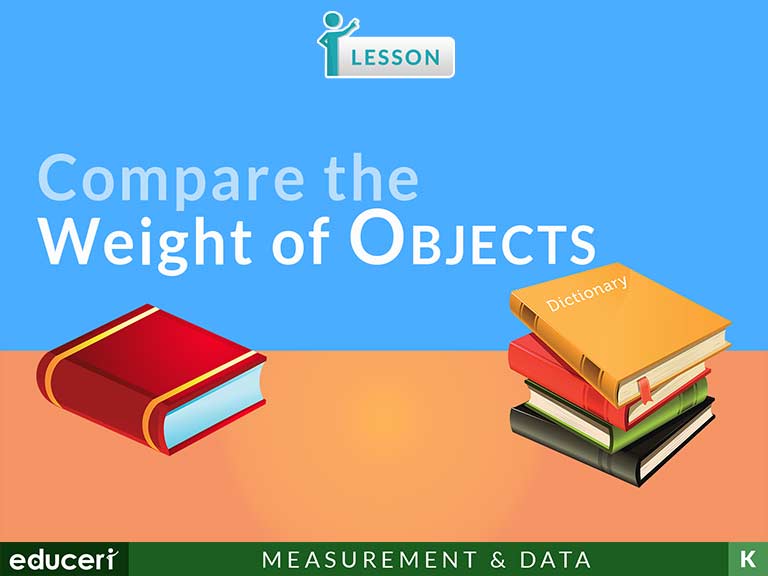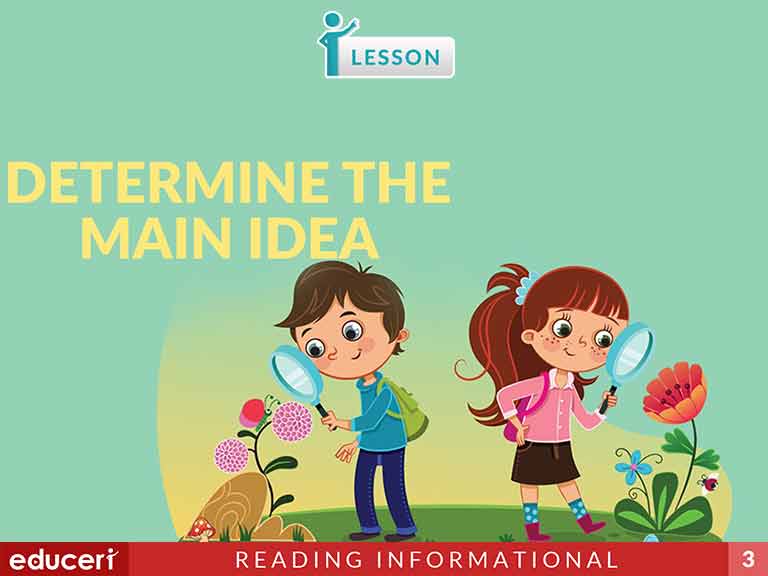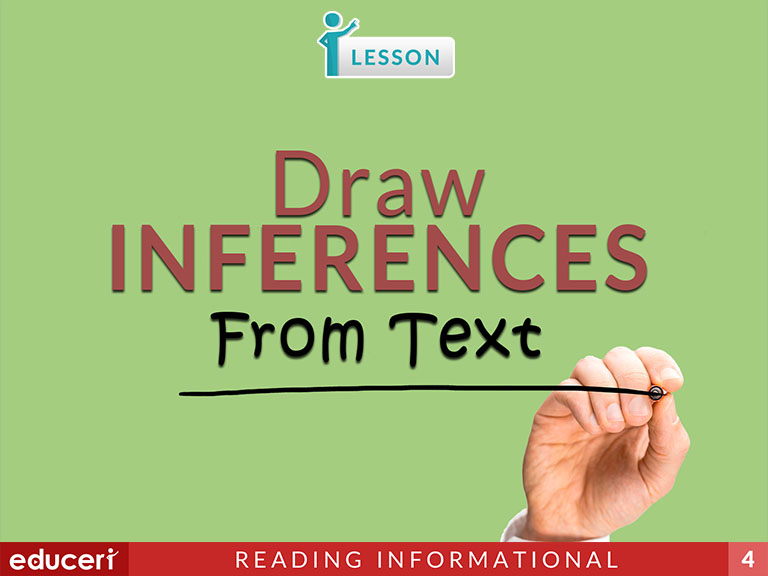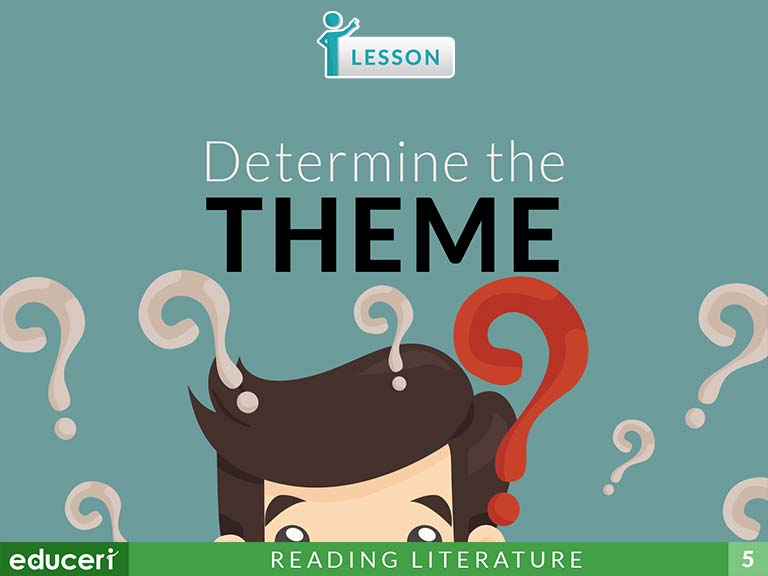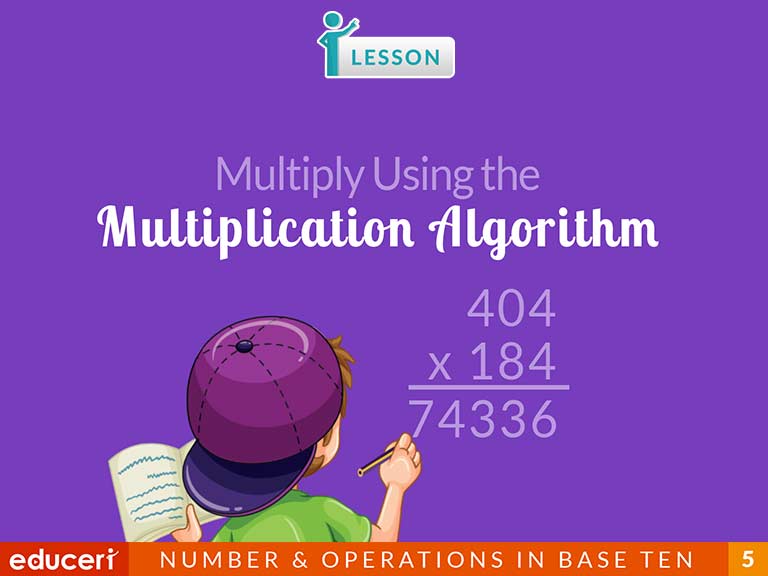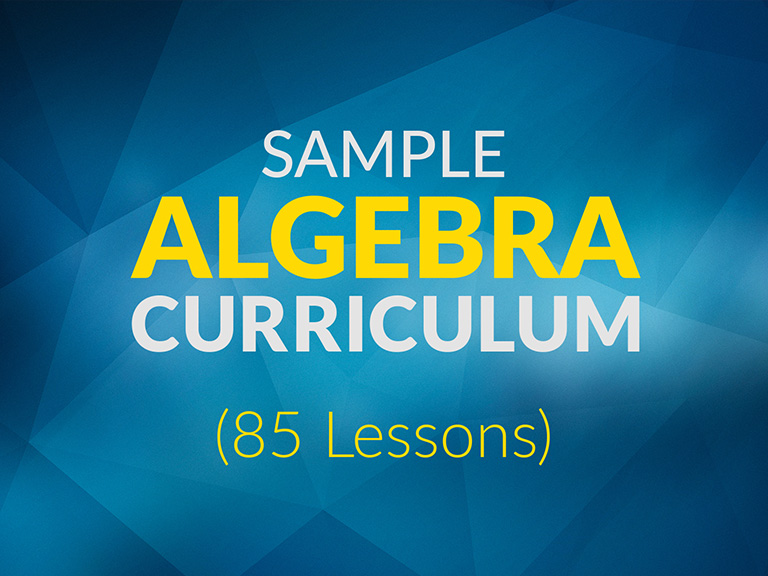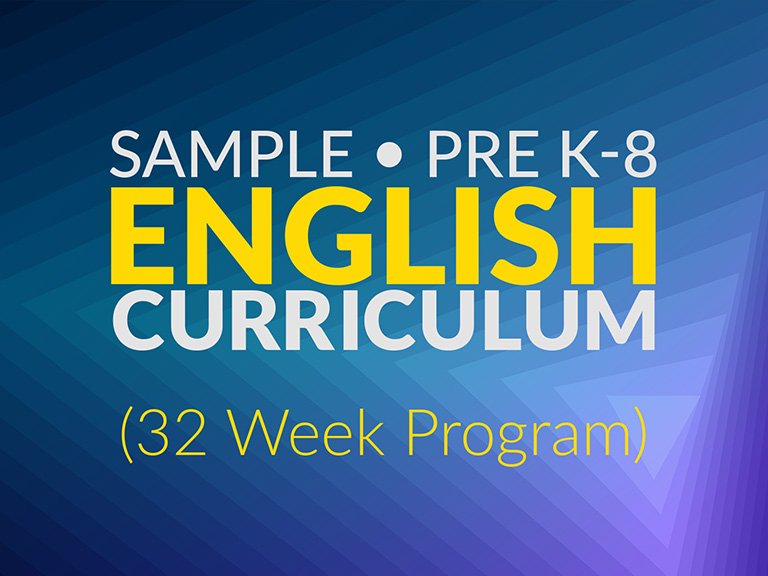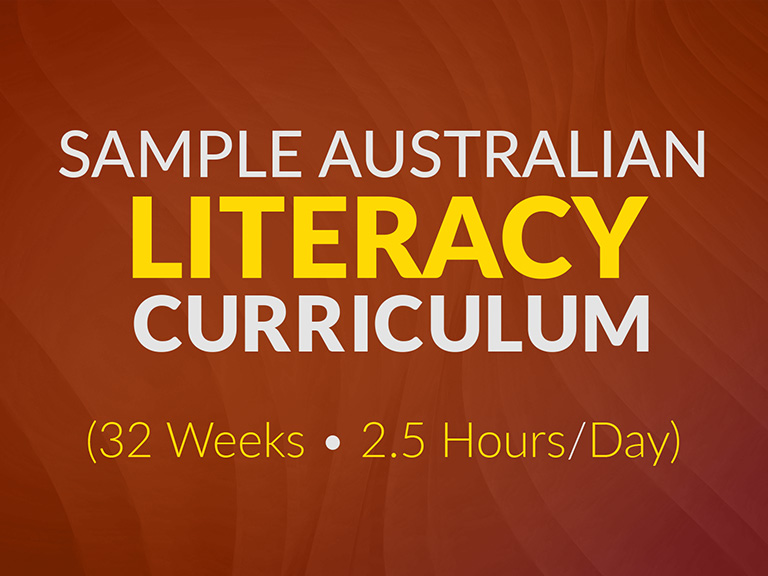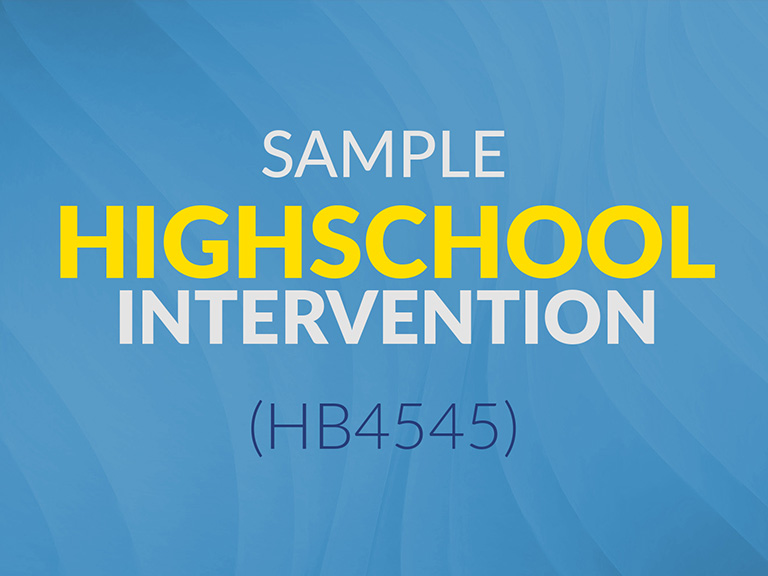All Lessons
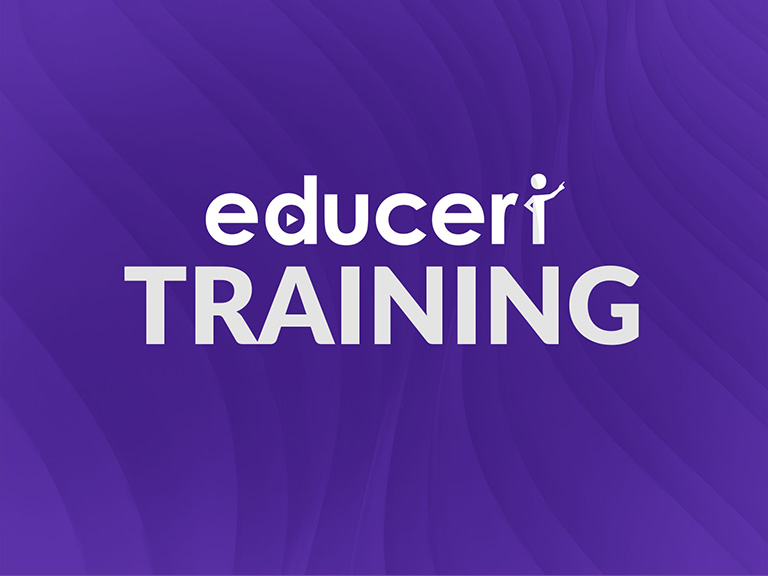
Training Video Portal
(B) Write equations of quadratic functions given the vertex and another point on the graph, write the equation in vertex form (f(x) = a(x - h)2+ k), and rewrite the equation from vertex form to standard form (f(x) = ax2+ bx + c)
A1.7.B(B) Describe the relationship between the linear factors of quadratic expressions and the zeros of their associated quadratic functions
Share This Lesson
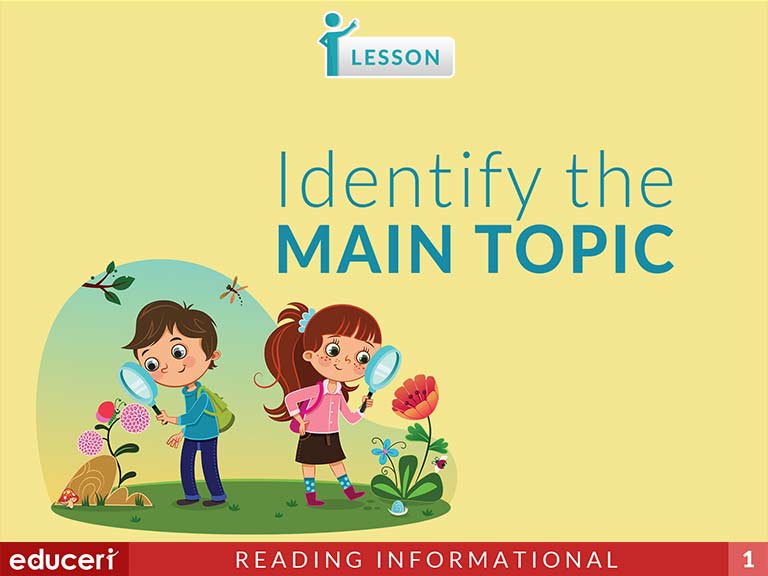
Identify the Main Topic
This reading comprehension lesson includes research-based strategies and strategic questions that prepare students for assessments. In this lesson, with prompting and support, students will identify the main topic and retell key details of a text.
Share This Lesson
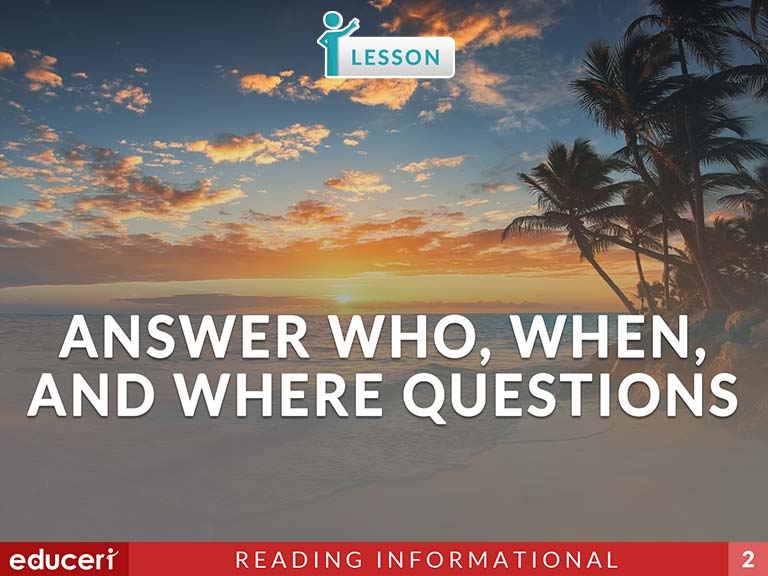
Answer Who, When, & Where Questions (Informational)
This reading informational lesson covers the answering of who, when, and where questions about the informational text. The lesson includes research-based strategies and strategic questions that prepare students for assessments. In this lesson, students will read the text, answer questions about key details, and verify the answer by referring back to the text.
Share This Lesson
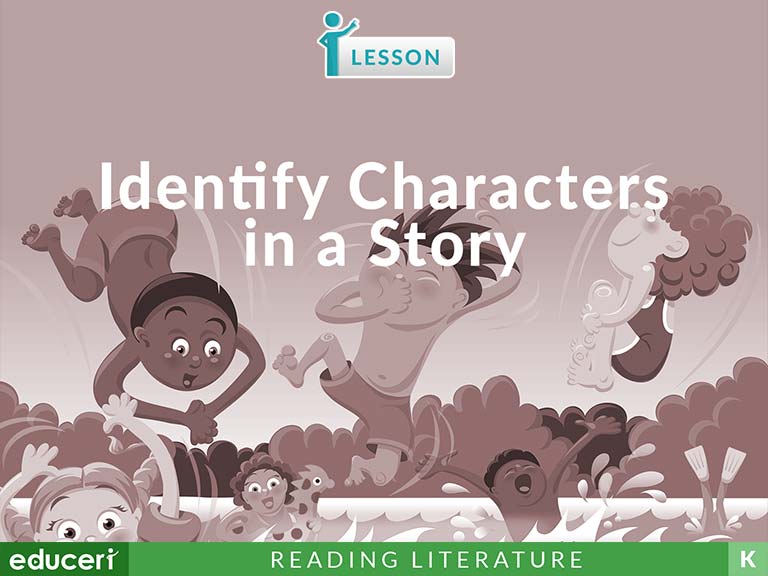
Identify Characters in a Story
This reading comprehension lesson focuses on identifying characters in a narrative story. The lesson is intended to be taught as a read-aloud, with Independent Practice and Periodic Reviews to be teacher guided. The lesson includes research-based strategies and strategic questions that prepare students for assessments.
Share This Lesson
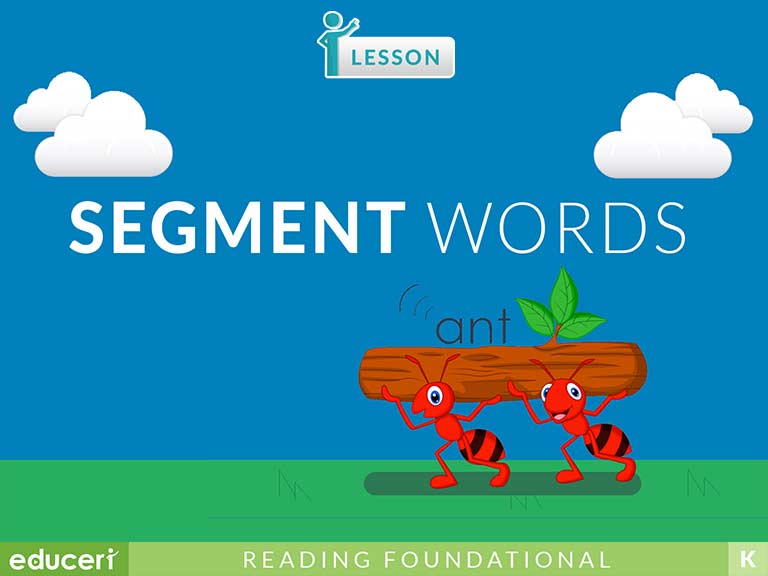
Share This Lesson
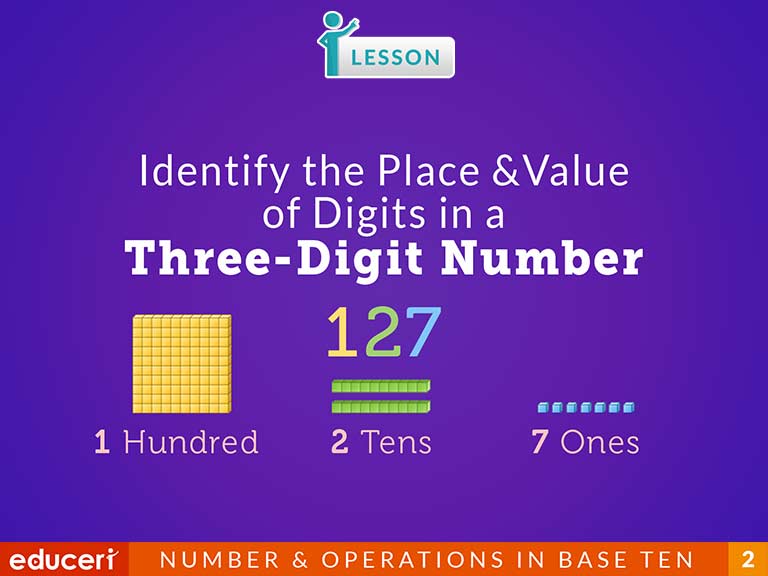
Identify the Place and Value of Digits in a Three-Digit Number
This numbers and operations in base ten lesson covers how to identify the place and value of digits in a three-digit number. The lesson includes research-based strategies and strategic questions that prepare students for assessments. In this lesson, students are asked to identify a certain digit in a three-digit number, identify the place of that digit, and then write the value of that digit in both numerals and words.
Share This Lesson

Find the Area of Rectilinear Shapes
3.MD.7 Relate area to the operations of multiplication and addition.
3.MD.7.D3.MD.7.D Recognize area as additive. Find areas of rectilinear figures by decomposing them into non-overlapping rectangles and adding the areas of the non-overlapping parts, applying this technique to solve real world problems.
This measurement and data lesson covers how to find the area of rectilinear shapes. The lesson includes research-based strategies and strategic questions that prepare students for assessments. In this lesson, students will split the rectilinear shape into rectangles, find the area of each rectangle, and then find the area of the rectilinear shape by adding the areas of each rectangle.
Share This Lesson
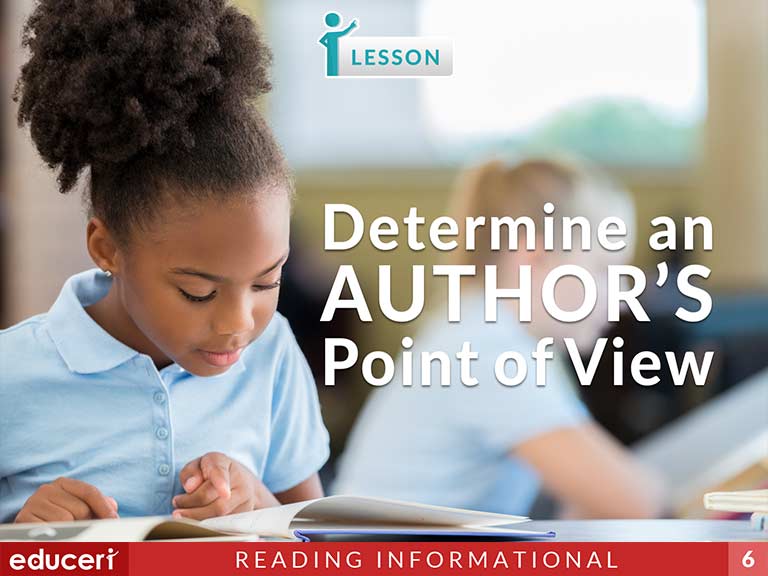
Determine an Author's Point of View
This reading informational text lesson covers how to determine an author’s point of view. The lesson includes research-based strategies and strategic questions that prepare students for assessments. In this lesson, students will identify words or details in the text that convey the author’s point of view on a topic. Then, they will write a brief explanation justifying their understanding.
Share This Lesson
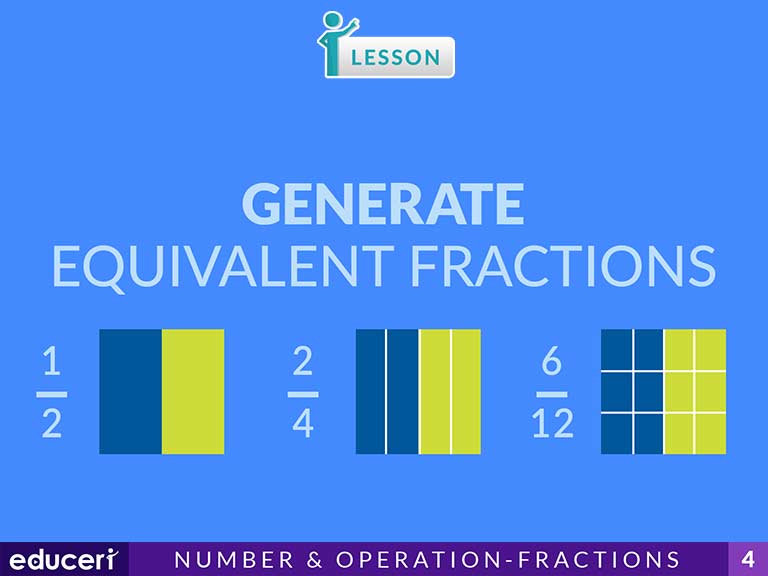
Generate Equivalent Fractions
This number and operations--fractions lesson teaches students how to generate equivalent fractions. The lesson includes research-based strategies and strategic questions that prepare students for assessments. In this lesson, students will create equivalent fractions. This lesson focuses on changing a fraction to another. Students are provided a variety of strategies and support to visualize the equivalence. Real-world examples are also provided.
Share This Lesson
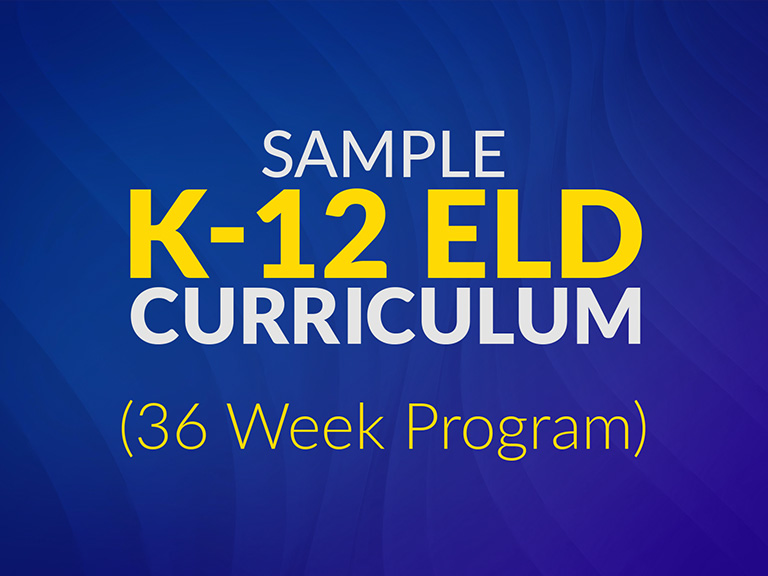
K-12 ELD Curriculum (36 Weeks)
This is a sample of our 36-week, 6-level ELD program. Contact Educeri or DataWORKS to inquire about using this program with your students.
